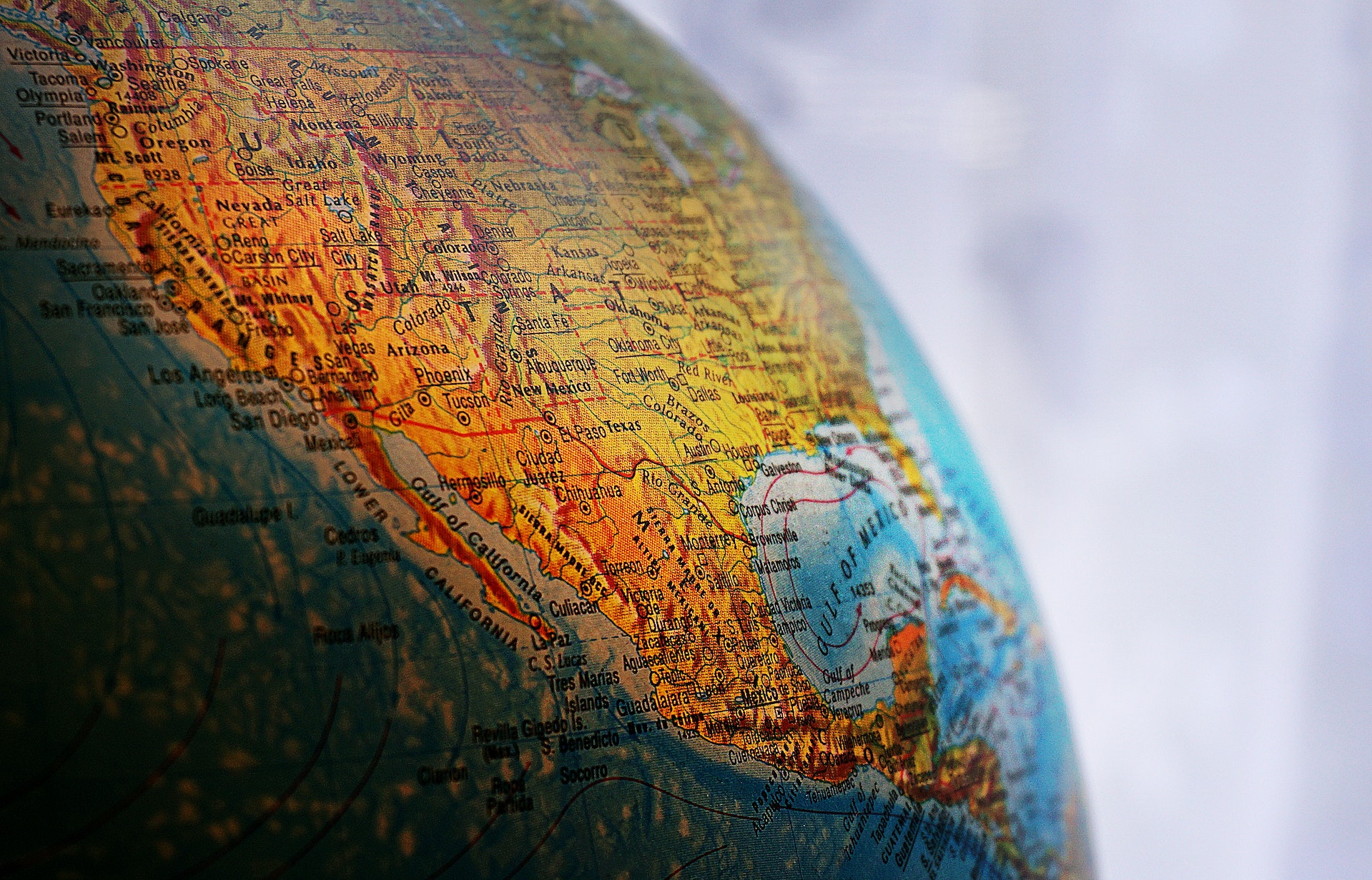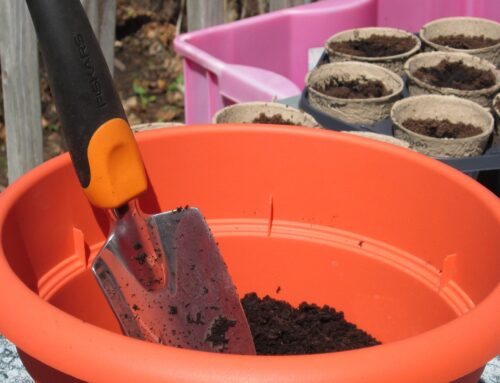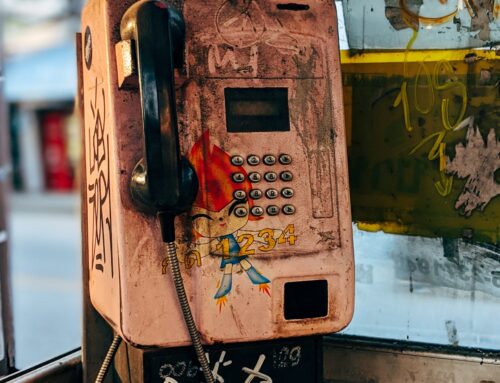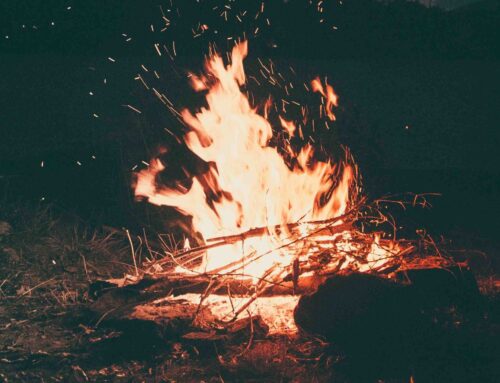When selecting locations or cities for survival in the apocalypse, the following criteria will need to be considered. Depending on your preferences, you’ll manage to make the better choice that works for you:
- Access to natural resources: Look for locations with access to natural resources like water, food, and shelter. These resources will be essential for survival, especially in a post-apocalyptic world where modern infrastructure and technology may no longer be available.
- Climate: Consider the climate of the location and how it may affect your ability to survive. Harsh winters or scorching summers may make it more difficult to find shelter, food, and water.
- Population density: Lower population density can reduce the risk of being targeted by raiders, looters, or other threats. It may also make it easier to find and access resources.
- Proximity to other survivors: While a lower population density may be beneficial, it’s also important to consider the proximity of other survivors. Being too isolated could make it difficult to find help if needed or to form alliances with other survivors.
- Security: Consider the level of security provided by the location. Does it have natural barriers like mountains or rivers that can make it harder for outsiders to enter? Are there military bases, police stations, or other secure locations nearby?
- Infrastructure: Consider the infrastructure of the location, such as roads, bridges, and buildings. If these structures are still intact, they may be useful for shelter or transportation.
- Historical disaster risk: Consider the history of natural disasters in the area. Does the location have a history of earthquakes, hurricanes, or other natural disasters that could pose a threat to survival?
- Community preparedness: Consider the preparedness of the local community. Are there existing survivalist communities or organizations in the area that could provide support and resources in a post-apocalyptic world?
Best cities in the USA
Survivalism is a personal choice and can vary greatly depending on individual preferences and factors. However, these eight U.S. cities that might be ideal for survival in the apocalypse:
- Salt Lake City, Utah: Salt Lake City is located in a relatively remote region, making it less likely to be a target for attacks or disasters. The city has access to natural resources, including water and farmland, which would be crucial in a post-apocalyptic world. Additionally, the city’s large Mormon population has a history of self-reliance and preparedness, which could be an advantage in a survival scenario. Finally, it’s a fairly big city, so a good place to gather resources.
- Cheyenne, Wyoming: Cheyenne is a smaller city that is located in a remote region with access to natural resources. It also has a low population density, making it easier to avoid dangerous situations. Cheyenne is home to several military installations, which could provide additional protection and resources in the event of an apocalypse.
- Boise, Idaho: Boise is located near the Rocky Mountains, offering access to natural resources and outdoor recreation. The city also has a low population density, making it easier to avoid danger. Boise has a growing community of survivalists, which could be an advantage in a survival scenario.
- Fargo, North Dakota: Fargo is located in a relatively remote region with access to natural resources, including water and farmland. The city also has a low crime rate, making it a safer place to live in a post-apocalyptic world.
- Anchorage, Alaska: Anchorage is a remote city with access to natural resources, including fish and game. The city is also home to several military installations, which could provide additional protection and resources in a survival scenario.
- Missoula, Montana: Missoula is a smaller city located in a remote region with access to natural resources, including water and farmland. The city is home to several universities and a strong community of outdoor enthusiasts, which could be an advantage in a survival scenario.
- Bismarck, North Dakota: Bismarck is a small city located in a remote region with access to natural resources, including water and farmland. The city is also home to several military installations, which could provide additional protection and resources in a survival scenario.
- Sioux Falls, South Dakota: Sioux Falls is a small city located in a remote region with access to natural resources, including water and farmland. The city also has a low population density, making it easier to avoid danger. Additionally, Sioux Falls has a strong economy, which could help in a post-apocalyptic world where bartering and trade may be more common.
Best cities in Canada
Surviving in Canada would come with challenging winters. However, some offer good advantages:
- Yellowknife, Northwest Territories: Yellowknife is the capital of the Northwest Territories and has a population of around 20,000 people. It is located near the Great Slave Lake, which provides access to fresh water and fish. The city is also surrounded by wilderness, which provides opportunities for hunting and gathering. Additionally, Yellowknife has a strong mining industry, which could provide access to minerals and other resources in a post-apocalyptic world.
- Whitehorse, Yukon: Whitehorse is the capital of Yukon and has a population of around 25,000 people. It is located near the Coast Mountains, which provide access to fresh water and game. The city is also home to several military installations, which could provide additional protection and resources in a survival scenario. Additionally, Whitehorse has a strong outdoor recreation community, which could be an advantage in a survival scenario.
- Prince George, British Columbia: Prince George is located in central British Columbia and has a population of around 75,000 people. It is surrounded by forests and mountains, which provide access to timber, fresh water, and game. The city is also home to several military installations, which could provide additional protection and resources in a survival scenario.
- St. John’s, Newfoundland and Labrador: St. John’s is the capital of Newfoundland and Labrador and has a population of around 110,000 people. It is located near the coast, which provides access to fresh fish and trade routes. The city is also home to a strong fishing industry, which could provide a source of food and economic stability in a survival scenario.
- Quebec City, Quebec: Quebec City is the capital of the province of Quebec and has a population of around 540,000 people. It is located on the St. Lawrence River, which provides access to fresh water and trade routes. The city is also surrounded by forests and mountains, which provide access to game, timber, and other resources. Additionally, Quebec City has a strong agricultural industry, which could provide a source of food in a post-apocalyptic world.
Wherever works for you and your family, this is a subject that merits a lot of thoughts. Which location would you choose? Did I miss any? Don’t hesitate to give your opinion in the comments!






